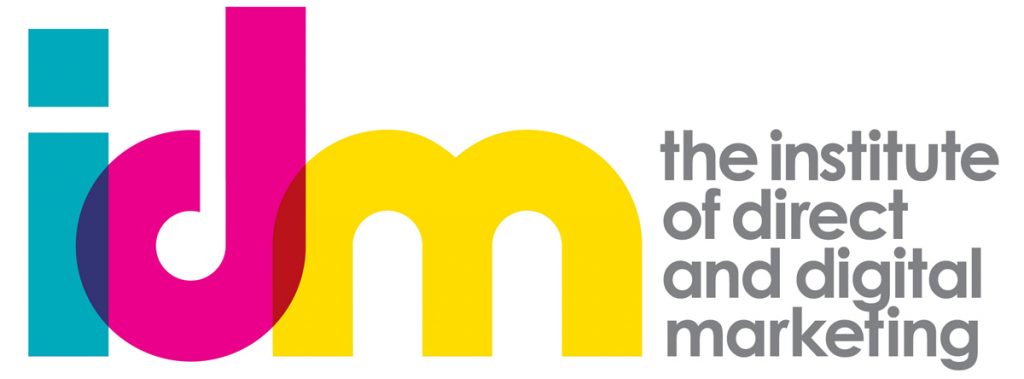How can you compete on value, not price?
We all know that people don’t buy what you sell. They don’t even buy the benefits you think you offer. They buy its value for them, which could differ for different people, and they buy when they feel this value is worth more than the price you want them to pay.
You can think of this calculation between Price and Value as a line on a graph – the Frontier of Value. If your business is not on that line for the customers you want to attract, you must take action. There is no option to stay where you are if you are to survive.
The problem is there is a mismatch between how you value the products and services you offer and how your customers do. Or they don’t know how or why they should value it differently because you haven’t told them. There are two ways that you can approach this. You can drop your price and agree with what customers think it’s worth or change their perception.
The trouble with the first option is that this eats into your margins and encourages everyone else to do the same thing, causing a downward spiral in prices and profits. So, getting your customers to put a higher value on what you offer is the best option. How you do that is the topic of January’s Executive Briefing.
Improving the value of your offer
Before we start, it is worth considering what Value is in the customer’s mind. Most businesses think about value in connection with their products or services. However, these are likely to be generic in the long term (you can perhaps build a better mousetrap, but if it is really better, it will be copied fast). If you see value this way – tied to the product or your core service- you can only use price to position yourself.
But suppose you want to move up the Frontier of Value and avoid a price comparison. In that case, you need to think about value in a wider context because only then can you find ways of adding non-generic value and/or making your product or service uniquely valuable in some other way.
This approach is called the Total Value Offer, and it is made up of these four elements:
The Core Product or Service: that appears on your price list and is what you talk most about on your website. I am including here all the benefits we have always been told to sell.
What Customers Expect: The value a consumer has a right to expect when you supply these products or services, such as that they should work or that services should be delivered with minimal skill and minimal support.
Value added beyond expectation: The value that you can offer outside what the customer expects anyway and differentiates you from the competition. This could be a brand promise of consistently higher quality in delivery e.g., the promise by IBM that “no one ever got fired for buying IBM”.
Specific Value: features and benefits that add specific value to customers and would make it expensive for them to change suppliers. These offers may be cocreated with individual clients. An example might be that they can specify how their car, bicycle etc is built or a service is delivered.
The Total Value Score Card
By researching the market, you can build a profile of what customers value in each of the four categories compared with how much value you offer them. When you do that, you will likely find groups of customers that value different things (see below).
You can use this to increase the value of your core product, what they expect, what they would like you to add, or with specific values that are relevant for each of the market segments you have identified (see below).
From this, you can develop an explicit Total Value Offer for each.
Supplementary Services
According to Harvard Professor Christopher Lovelock, there are two ways that you can increase value for your customers. You can facilitate their access to the value that you already provide, or you can enhance the value of your offering. He broke this down further into eight Supplementary Services from your Core product, four of which facilitated customers’ access to value and four that enhanced the value of what was offered.
Lovelock arranged these eight into a Flower of Service, and in the diagram below, I have overlaid this on the aspects of the Total Value Offer above. By combining these two ideas a powerful framework is created that can be used to analyse how you can move up the Frontier of Value.
(for more about the Flower of Service concept, please see this youtube video for a quick overview)
A Practical Example of Adding Value
A specialist online coffee bean shop has a problem. They have seen a drop in sales, and if this continues, they will struggle to survive. When they adopted the perspective of a customer buying their coffee beans, it became clear what the problem was, and it had nothing to do with the value of their Core product or its price. Another business with a nearly identical name had moved to the top of Google searches, confusing their customers.
The problem was that the customers who loved their coffee could no longer find them online to place their orders. So, the shop had to find another way for customers to access the site and get the coffee they loved. Varying their price would have had no effect.
Of course, they could take on their competitor head to head, which would be time-consuming and costly. However, an alternative was to build a direct personal relationship with their customer base using a CRM – Customer Relationship Management Database. By researching each customer’s patterns of purchase and types of coffee bought, they could anticipate when they were next likely to order and send them a link to their website with a voucher for a preferential rate.
However, they also took the opportunity to send a survey to their customers, which asked them what they valued about their coffee. From this consultation, they found that different customers valued different things. Some, for example, valued the fast, efficient service and flexibility in paying, including subscriptions, online gateways such as PayPal, and credit cards. Others liked to feel that they were part of a community of coffee lovers and enjoyed the blogs they used to get. The more they looked into the results, the more they realized that these customers fell into distinct groups, and they began to interact with them separately to enhance the value that made a difference to them.
What their customers told them also identified specific Google Search terms. At the same time, their blogs and online activity increased their site’s authority so that they more often appeared at the top of their customer’s searches. They also focused on the online community they had developed on Facebook through which their customers started to order.
Developing Your Value Proposition
From the example above, you can see how thinking about the Total Value Offer was the key to getting the Online Coffee Bean shop back on track. It exemplifies the three steps that Baine and Co., the world’s leading Consultancy practice, claim are important in developing a Total Value Propositions:
Analysing the Market:
The first step is to analyze the market of customers and competitors to see where you are positioned along the Frontier of value.
Segment your offer
The next step is to consider the most important elements in your Total Value Offer for your clients. Through this analysis, you will likely find that the values that customers find most important will coalesce into different sectors or types of clients. The degree of that value will determine how much they are willing to pay for it.
You can create a value map by placing these sectors on the Frontier of Value and indicating the market’s potential size using different Bubble sizes.
Create an explicit Value Offer.
Once you have identified the market segments in terms of the Value they are seeking and what you need to offer. The next step is to develop an explicit value proposition relevant to each set of customers.
More Information
If you would like more information about anything in this briefing then please don’t hesitate to contact me – nick@successinbusiness.co.uk


